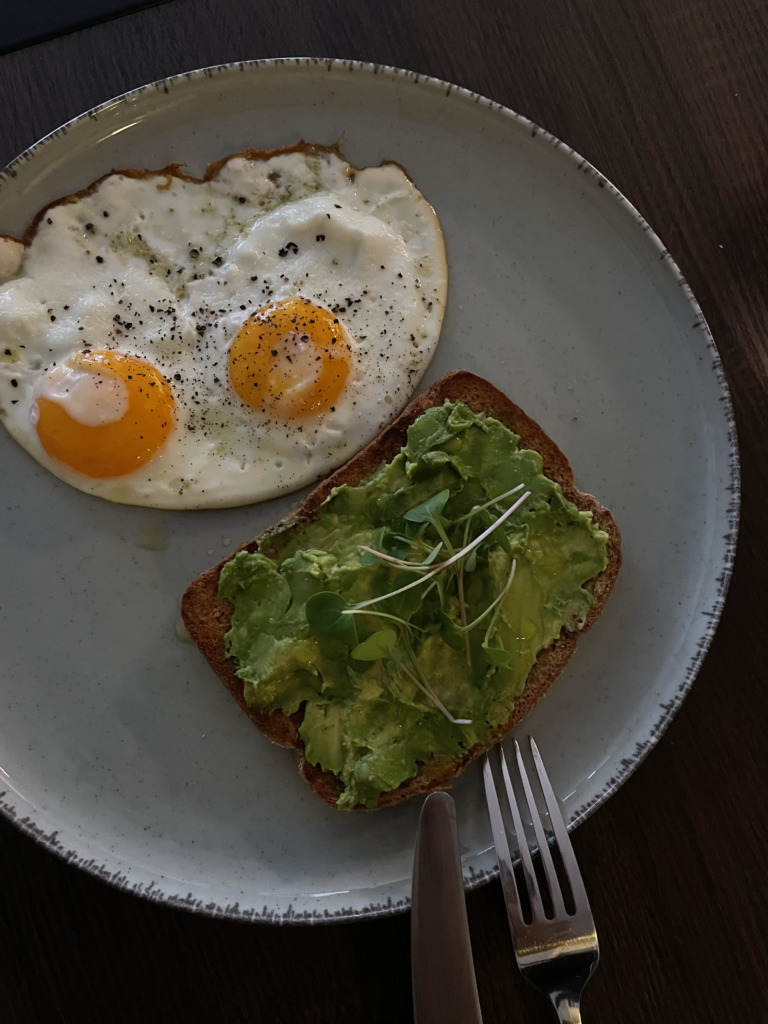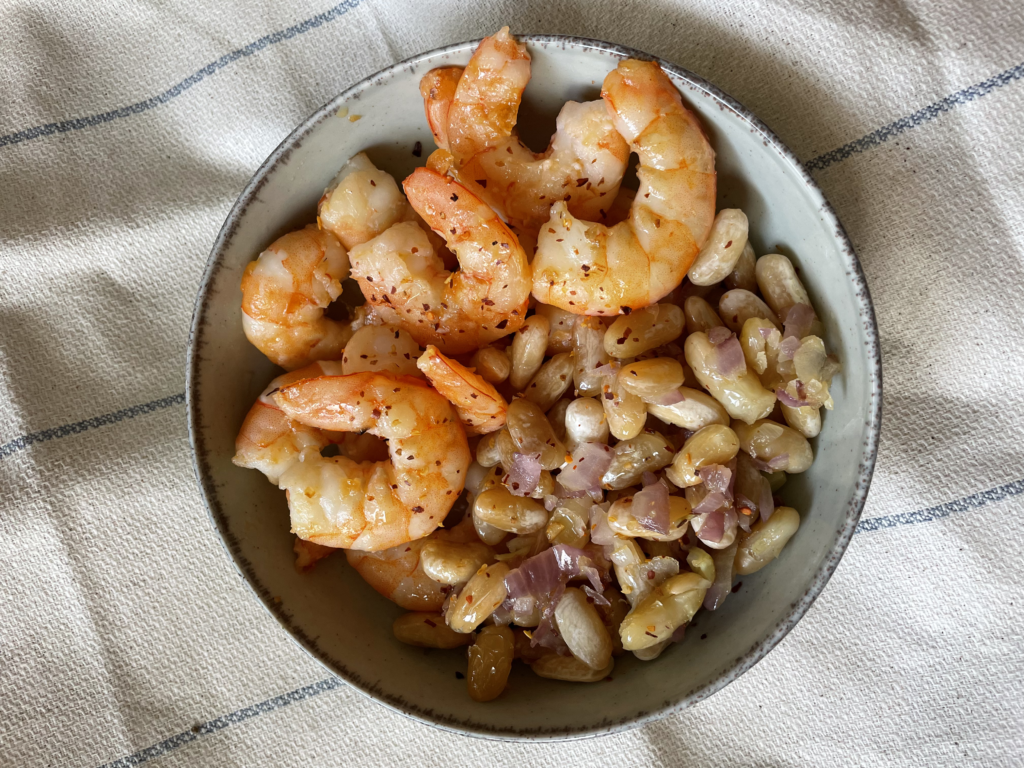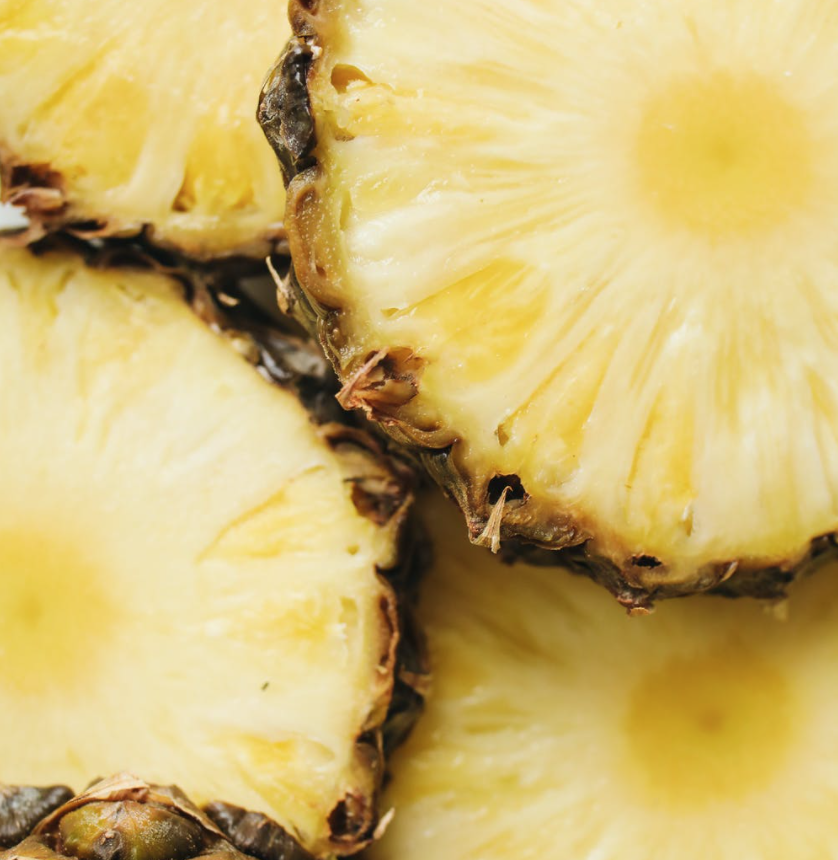The menstrual cycle represents our “monthly report card.” An irregular period is indicative of hormonal imbalances, often caused by stress.
“But I don’t feel stressed.” The concept of stress goes beyond the stress due to work, a big exam, a particular family situation, etc. The type of stress I’m referring to here is oxidative stress, which results from an imbalance between free radicals and antioxidants within the body. This imbalance is often triggered by unhealthy diets (that is to say the overconsumption of added sugar, salt and saturated fats. But also a restrictive and unbalanced diet), overexercising, not enough sleep, exposure to radiation and pesticides, and several other factors.
In the case of irregular periods, the first question you should ask yourself is, “Am I including all the macros (protein, carbs and fats) in a balanced manner? Or do I tend to limit a particular food group?”. Each macronutrient has specific roles and is essential for the proper functioning of several mechanisms within our body. Therefore, a balanced diet is the first necessary step towards hormonal health.
Nevertheless, specific foods and cooking methods can be more functional than others to the health of our ovaries and, thus, can help regulate the menstrual cycle. Here are some of these foods:
1. EGG YOLK
Eggs are a true and real natural “revitalizing” due to the richness of nutrients found in the yolk, which contains all the vitamins (except for vitamin C). Precisely, the egg yolk is rich in vitamin A, D, E, K, B1, B2, B5, B6, B9 and B12, all essential for healthy functioning ovaries, an efficient metabolism, and strong bones. Think that eating two eggs per day can cover up to 30% of the daily vitamin requirements for humans!
The recommendation of limiting your egg intake to two eggs per week is a false myth. Indeed, you can safely consume up to 5-6 whole eggs a week (you may need to decrease egg yolk consumption in case of high LDL cholesterol, but science has not given us an ultimate answer between the connection of dietary cholesterol and blood cholesterol yet). I recommend consuming them sunny side (cooked exclusively using extra virgin olive oil) or in an omelet with mushrooms. Mushrooms are also functional due to their blood-thinning properties (see “pineapple” below).

2. SAGE
This plant is rich in phytoestrogens which mimic the action of natural estrogens, increasing uterine contractions. Through its action, sage helps with period and flow regularity.
Use it in “soffrito” with minced onion and evo oil as the base for all your proteins, both animal and plant-based, veggies and potatoes.

3. SHRIMPS and SHELLFISH
Rich in phosphorus, healthy fats, and calcium, which are all essential nutrients for the health of the ovary and bones. In the long-term, an irregular menstrual cycle can weaken our bones and, if not carefully monitored and treated, can lead to permanent damage. For this reason, it’s vital to consume enough calcium and vitamin D during the health journey towards period regularity.
One of my favorite dishes for bone and ovary health is lentil pasta with clams. Both clams and lentils contain a good amount of calcium and iron. This latter is another mineral that should be incorporated in case of an irregular cycle.

4. PINEAPPLE
This fruit is an excellent fluidifying (blood-thinning) food and can help increase menstrual flux. In other words, it can help you get back your period to regular. I love cutting it into small cubes and slightly pan-searing it for a yummy add-on to salad bowls!

TO AVOID: COOKED CARROTS
Then there are specific foods that are not so functional to regulate the menstrual cycle. Cooked carrots are one of them due to their coagulative properties which are not helpful with light or irregular periods. On the other hand, cooked carrots are helpful in the case of a heavy cycle.